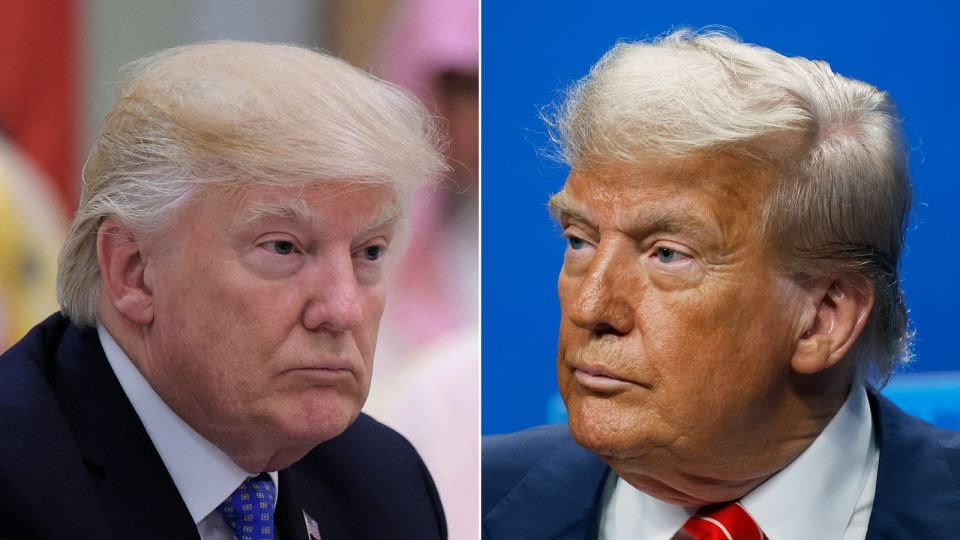Donald Trump 2.0 vs 1.0: What’s Changed in Leadership?

Donald Trump’s return to the White House in 2025, dubbed Trump 2.0, has reignited debates about his leadership style, policies, and impact compared to his first term. Let’s break down how Trump 2.0 differs from Trump 1.0.
Comparison Table: Trump 1.0 vs Trump 2.0
| Category | Trump 1.0 (2017–2021) | Trump 2.0 (2025–?) |
|---|---|---|
| Leadership Style | Unpredictable, outsider, anti-establishment | More calculated, strategic, focused on legacy |
| Domestic Policies | Tax cuts, deregulation, immigration crackdown | Technology growth, AI regulation, trade revival |
| Foreign Policy | “America First,” trade wars with China | Stronger alliances, tougher on cyber threats |
| Public Perception | Polarizing, strong base but widespread protests | Seen as experienced, more pragmatic than before |
| Key Focus Areas | Economic growth, border security | AI economy, energy dominance, national security |
Leadership Evolution
Trump 1.0 entered the White House as a political outsider, challenging Washington norms and pushing controversial policies. His approach was bold but often chaotic.
Trump 2.0 comes with experience and lessons from his previous term, making him more disciplined and focused on solidifying his long-term impact.
Policy Shifts
In his first term, Trump prioritized tax reforms, trade wars, and immigration. In his second stint, the focus has shifted toward AI, energy independence, and strengthening the U.S. position in emerging technologies.
Public Opinion
While Trump 1.0 was loved by his base but disliked by moderates, Trump 2.0 seems to have won back some independents by presenting a more stable leadership image.
Final Thoughts
Trump 2.0 is not just a repeat of the past—it’s a more refined version of his leadership. Whether it will shape America positively or lead to more division remains to be seen.
Read more U.S. political analyses in our latest articles.